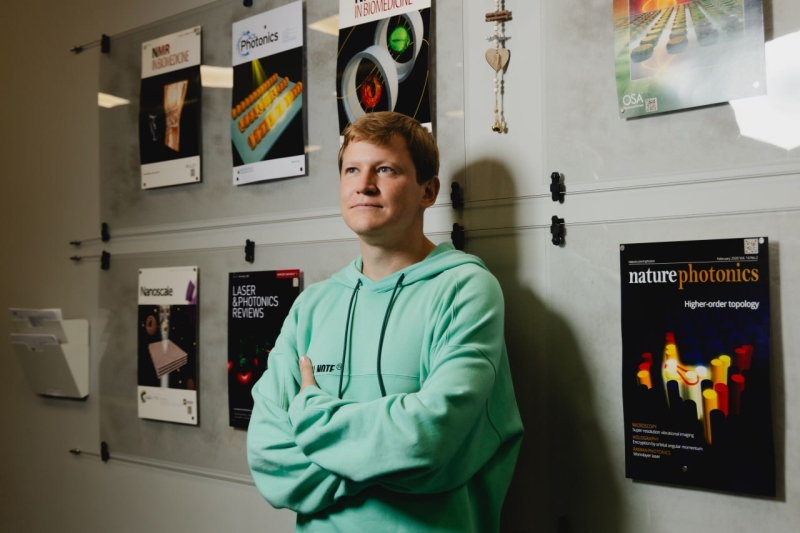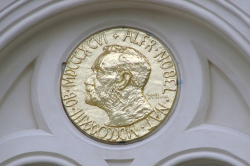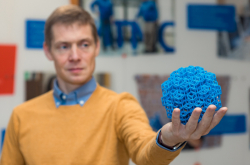Pierre Agostini, Ferenc Krausz, and Anne L'Huillier presented a method for producing incredibly short pulses of light that can only be measured in attoseconds – a unit of time equal to one quintillionth or 10-18 of a second. An attosecond is so short that there are as many attoseconds in one second as have passed since the universe has appeared. The quick processes in which electrons travel or alter their energy are timed in attoseconds; their pulses can shed light on the internal dynamics of atoms and molecules.
“The laureates’ contributions have enabled the investigation of processes that are so rapid they were previously impossible to follow,” states the Noble Assembly’s official website.
Anne L'Huillier discovered in 1987 that when infrared laser light is passed through a gas, a multitude of different light overtones emerges. An overtone is a light wave that processes a fixed number of cycles for each cycle of the laser beam. The phenomenon is caused by the interaction of laser light with gas atoms, which transfers energy to some electrons and causes them to emit light as a result.
Almost two decades later, in 2001, Pierre Agostini produced and examined a sequence of 250 attosecond-long light pulses; in the meantime, Ferenc Krausz worked his way to isolate a single 650 attosecond-long light pulse.
The researchers observed interference by superimposing waves of varied lengths on top of one another using infrared lasers. Because waves have numerous periods, some waves arrive at a certain point in the same phase and enhance one another, whilst others arrive in the opposite phases and cancel one another. When several waves of the same phase overlap, one part of the amplitude grows, while the other drops. In case of an enhanced amplitude, it is possible to determine the right wavelength that will drastically reduce its period to tens or hundreds of attoseconds.
According to Dmitry Karlovets, a senior researcher at ITMO's School of Physics and Engineering, until the 1990s, scientists lacked the tools necessary to create attosecond-long pulses of light. In contrast, modern scientists have learned to control laser pulses and create interference for attosecond pulses.
“In addition to producing attosecond pulses, the researchers who received the prize were also recognized for the prospective applications of their technique. Since attoseconds are used to quantify the time it takes an electron to break away from its atom, it is now possible to look into the dynamics at the level of single electrons, atoms, and molecules,” notes Dmitry Karlovets.
For one, attosecond pulses can demonstrate how a molecule’s chemical composition changes: they can determine whether an electron “jumped” from one atom to another, whether the compound contains any impurities, and if so, which ones.
Medical diagnostics is another field where the technology may be used. In particular, it can assist with molecular identification and composition dynamic research. Specialists can perform a spectrum analysis of biomarkers at the particle level with attosecond timing accuracy to look at electrons in each atom and molecule. This way, medical studies will require fewer samples and less equipment and electricity – and at the same time, produce more precise results.
The research will also increase the resolution and accuracy of electron microscopy, allowing researchers to analyze not just the spatial structure of substances, but also their dynamics, which are generally not visible under a microscope.
In microelectronics, the finding will make it possible to turn a dielectric into a semiconductor through flowing the current for just attoseconds, and thus potentially pave the way for single-electron diodes and various other electronic devices.





